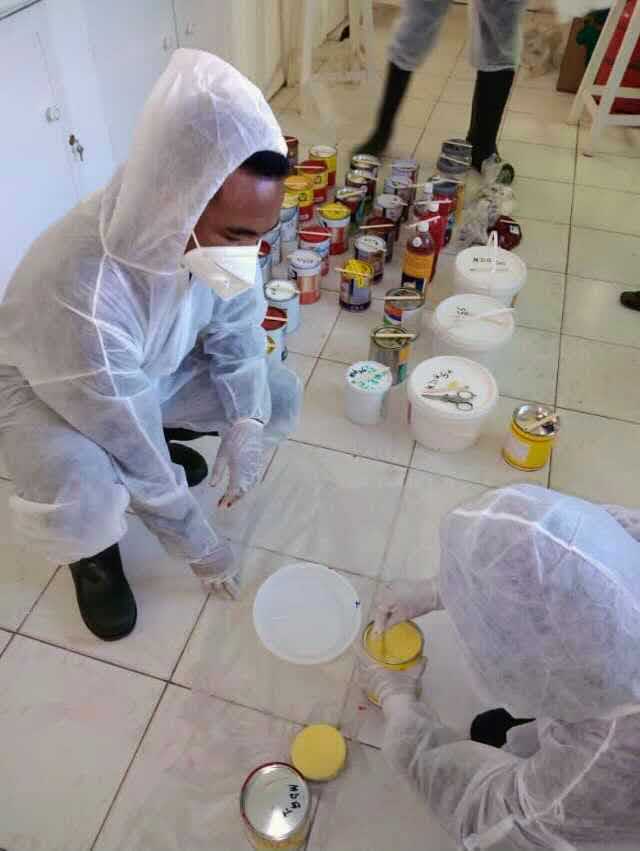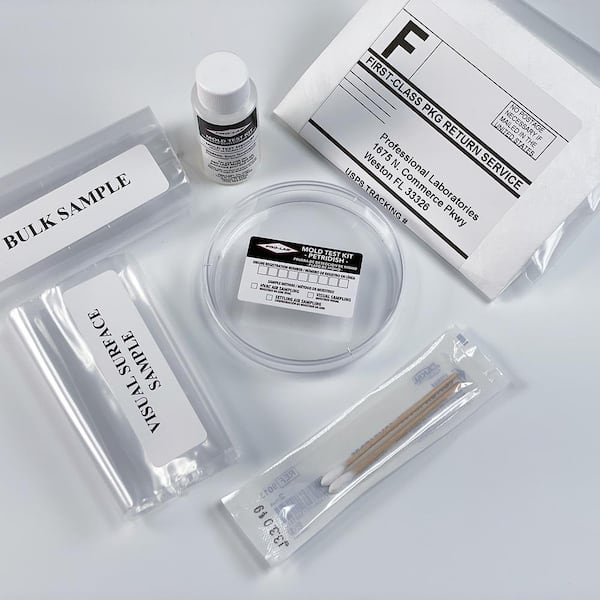The Need of Mycotoxin Testing in Agricultural Products to Make Certain Consumer Security
The necessity of mycotoxin testing in farming products is an essential facet of public wellness and safety and security that calls for thorough assessment. Mycotoxins, hazardous compounds created by specific fungi, can penetrate various crops, leading to considerable wellness dangers for customers, such as cancer causing impacts and body organ damages.
Understanding Mycotoxins
Mycotoxins, harmful second metabolites created by certain fungi, offer a significant threat to agricultural products and human health and wellness. These compounds are generated by various types of mold and mildews, such as Aspergillus, Fusarium, and Penicillium, which can pollute crops both pre- and post-harvest - Mycotoxin testing Services. One of the most usual mycotoxins include aflatoxins, ochratoxin A, fumonisins, zearalenone, and deoxynivalenol (DON)
Mycotoxin contamination can happen under certain ecological conditions, such as high humidity and temperature, which favor the development of mold. Agricultural products like cereals, nuts, seasonings, dried fruits, and coffee are specifically vulnerable. The visibility of mycotoxins in these commodities can cause considerable financial losses as a result of minimized plant returns and the necessity for extensive testing and purification processes.
Understanding the biochemical nature and development of mycotoxins is crucial for developing reliable mitigation techniques. Study has shown that mycotoxins show an array of chemical frameworks and properties, making discovery and removal tough. Advanced analytical techniques, consisting of chromatography and mass spectrometry, are made use of to identify and evaluate mycotoxins in farming products, guaranteeing that contamination levels continue to be within secure limits developed by regulative bodies.
Health Risks of Mycotoxins
Given the considerable risks associated with mycotoxins in farming products, understanding their effect on health is paramount. Mycotoxins, poisonous secondary metabolites generated by fungis, position extreme dangers to both human and animal health.
Intense mycotoxin poisoning, although less usual, can create prompt and extreme health issues such as liver damages, intestinal disruptions, and hemorrhaging. Ochratoxin A, one more potent mycotoxin, is linked to kidney damages and has prospective cancer causing effects. Fumonisins, mainly affecting maize, are associated with esophageal cancer and neural tube issues.

Usual Resources of Contamination
Understanding the common sources of contamination is important for properly taking care of and mitigating the risks positioned by mycotoxins. Mycotoxins are hazardous additional metabolites generated by particular kinds of fungi, which can contaminate agricultural products at different phases of storage, production, and processing. The main sources of contamination include field conditions, post-harvest handling, and storage space settings.
Area Learn More Here problems play a substantial function, with variables like climate, plant vulnerability, and dirt health and wellness influencing fungal growth. Crops such as corn, peanuts, wheat, and tree nuts are particularly vulnerable to mycotoxin-producing fungis like Aspergillus, Fusarium, and Penicillium species. Inadequate crop turning and bad pest management can intensify the risk index of contamination.
Post-harvest handling is another critical point where contamination can occur. Mechanical damages throughout harvesting and transportation develops entry points for fungis, while incorrect drying out methods can leave dampness levels high enough to support fungal development.
Storage space atmospheres contribute dramatically to contamination dangers. Poorly preserved storage centers with high moisture and temperature levels produce ideal conditions for mycotoxin production. Normal assessments and proper storage space conditions are essential in suppressing this danger.
Mycotoxin Evaluating Approaches
Reliable management of mycotoxin contamination pivots not just on recognizing prospective resources yet also on carrying out durable screening approaches to discover these hazardous compounds. Mycotoxin testing approaches can be broadly classified into chromatographic and immunochemical strategies.
On the other hand, enzyme-linked immunosorbent assay (ELISA) and lateral flow assays project immunochemical techniques. ELISA, in particular, is commonly utilized as a result of its cost-effectiveness, ease of use, and rapid turnaround time. Lateral flow assays offer quick, on-site testing abilities, making them appropriate for field applications where instant decisions are required.
Furthermore, improvements in molecular biology have actually introduced PCR-based techniques with the ability of finding mycotoxin-producing fungis at hereditary degrees, providing a predictive method to contamination risk. Integrating these diverse approaches boosts the integrity and comprehensiveness of mycotoxin discovery, making certain that agricultural products meet safety and security criteria and shielding customers from prospective health and wellness risks.
Benefits of Normal Examining

Regular mycotoxin testing uses significant benefits that dramatically bolster agricultural security and top quality. Mycotoxins, toxic compounds produced by specific fungis, can infect food and this article present severe health threats, including cancer cells and severe poisoning.
In addition, consistent testing helps in maintaining the integrity and track record of farming manufacturers. By carefully monitoring and controlling mycotoxin degrees, manufacturers can stay clear of lawful effects and pricey recalls. This not just makes sure conformity with rigid international safety and security requirements but likewise promotes consumer trust and commitment.

Final Thought
The need of mycotoxin screening in agricultural products is underscored by the significant health risks presented by these poisonous substances. It improves the reputation of producers and fosters trust within the farming supply chain, eventually securing public health and wellness.
The need of mycotoxin testing in agricultural items is a vital facet of public health and wellness and safety and security that warrants detailed assessment. Mycotoxins, harmful compounds generated by particular fungi, can penetrate various crops, leading to considerable wellness dangers for consumers, such as cancer causing impacts and body organ damage.Mycotoxins, harmful additional metabolites created by particular fungis, present a considerable risk to agricultural items and human health and wellness.Provided the considerable threats associated with mycotoxins in farming items, understanding their effect on wellness is paramount (Mycotoxin testing Services).The necessity of mycotoxin screening in agricultural products is underscored by the substantial wellness risks presented by these toxic compounds
Comments on “Recognizing the Relevance of Reputable Mycotoxin testing Services”